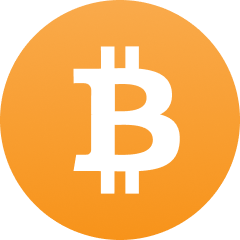Tether (USDT) is a stablecoin that plays a crucial role in the cryptocurrency ecosystem. Introduced in 2014, Tether is designed to offer the stability of fiat currencies like the US dollar in a digital format, with each USDT theoretically backed one-to-one by actual dollars held in reserve. This backing aims to maintain a stable value of USDT, equivalent to one US dollar, thus providing a safe haven from the high volatility typical of other cryptocurrencies.
| Date Comparison | ||
|---|---|---|
| Today |
€ 0.86
|
+0.02%
|
| 30 Days |
€ 0.85
|
+0.59%
|
| 60 Days |
€ 0.88
|
-2.09%
|
| 90 Days |
€ 0.89
|
-3.53%
|
Tether (USDT) is a type of stablecoin that is pegged to the value of a fiat currency, typically the US dollar. It was launched in 2014 by the company Tether Limited. The primary purpose of USDT is to provide cryptocurrency users with a stable and reliable means of storing value and transacting without the volatility typically associated with cryptocurrencies like Bitcoin and Ethereum.
USDT operates on multiple blockchain platforms, including Bitcoin (via the Omni Layer), Ethereum (as an ERC-20 token), Tron (as a TRC-20 token), and others. Each USDT token is intended to be backed 1:1 by US dollars held in reserve, meaning that for every USDT in circulation, there should be a corresponding dollar stored in a bank account or other financial instruments.
The mechanics of Tether include:
-
Issuance and Redemption: Users can purchase USDT from Tether Limited or through cryptocurrency exchanges by depositing fiat currency. When USDT is purchased, Tether issues new tokens that are added to circulation. Conversely, when users want to redeem USDT for fiat, Tether can destroy the corresponding tokens and release the fiat currency.
-
Transparency and Audits: Tether has faced scrutiny over its claims regarding reserves. To address concerns, Tether publishes reports detailing its reserves, although the frequency and comprehensiveness of these reports have been debated.






















